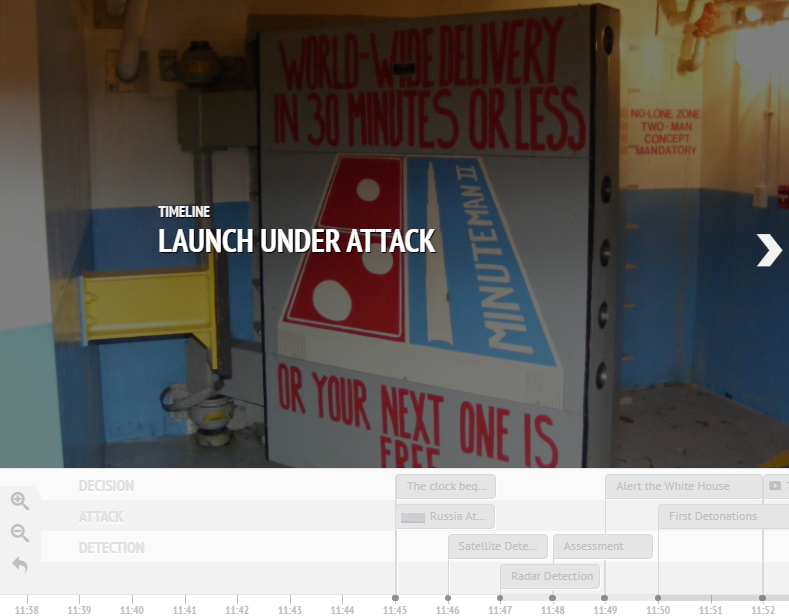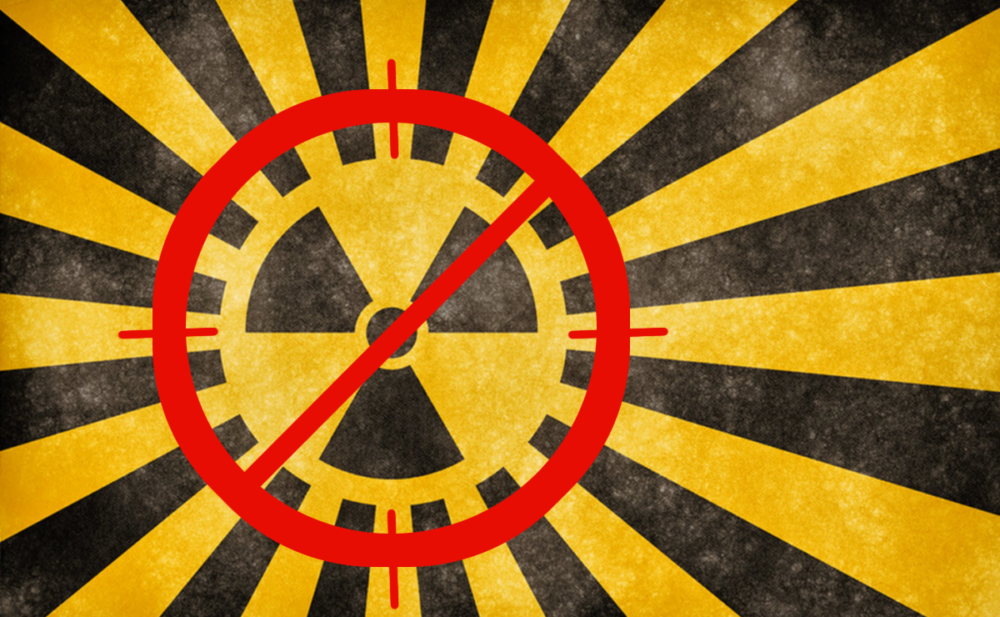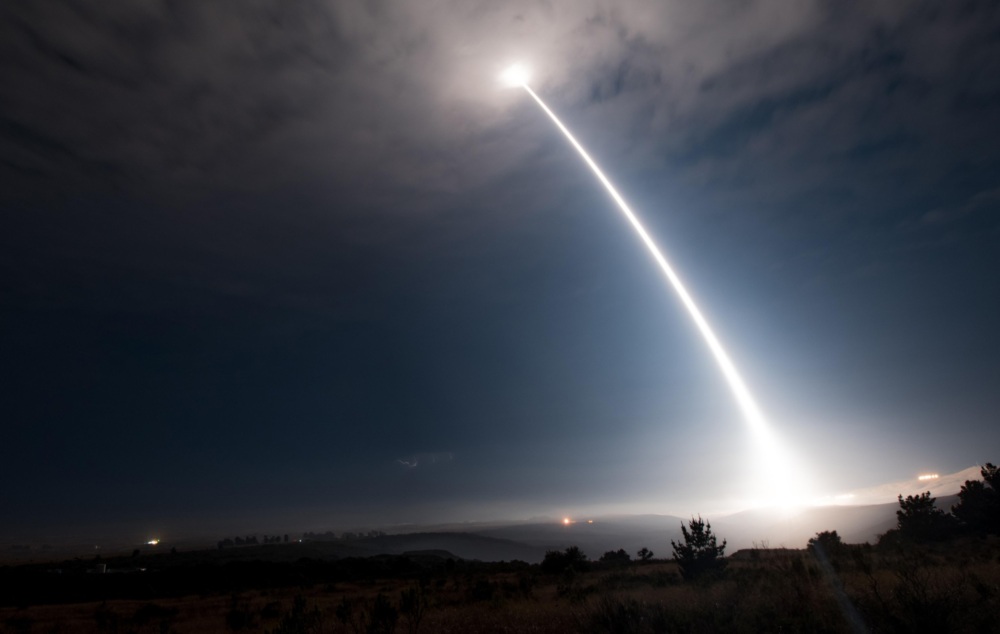
Jeffrey Lewis
Director of the East Asia Nonproliferation Program, The James Martin Center for Nonproliferation Studies
About the image
One of the most important events for a new President is the “nuclear briefing.” After his, Donald Trump told reporters that a “nuclear holocaust would be like no other.”
At his briefing, the President learns that he has the sole authority to order the use of nuclear weapons and that no second-vote is required. He is told his order can be transmitted in minutes, with no possibility of countermanding it afterwards in the event of a false alarm. He will be told that this system, designed for speed and decisiveness, exists because the United States maintains a policy called “Launch Under Attack” — the option to fire U.S. nuclear-armed ICBMs after Russian missiles have been launched, but before they destroy targets in the United States about thirty minutes later.
The following timeline illustrates how much of that thirty minutes is lost to determining that an attack is underway (including assessing whether it is a false alarm), while still leaving enough time to launch U.S. ICBMs. The U.S. President is left with at best 2-3 minutes to weigh options and consider alternatives.
Sign up for our newsletter to get the latest on nuclear and biological threats.
There is a critical need for a global diplomatic approach to address growing cyber risks, including, where possible, through cooperation between the United States and Russia.
Deputy Vice President for NTI’s Nuclear Materials Security Program Eric Brewer writes that “although Russia’s war [in Ukraine] has created nuclear risks, the risk that it will unleash a wave of nuclear proliferation is lower than many believe.”
NTI Co-Chairs Ernest J. Moniz and Sam Nunn call on the United States to resume a position of global leadership to reduce the risks posed by nuclear weapons.



